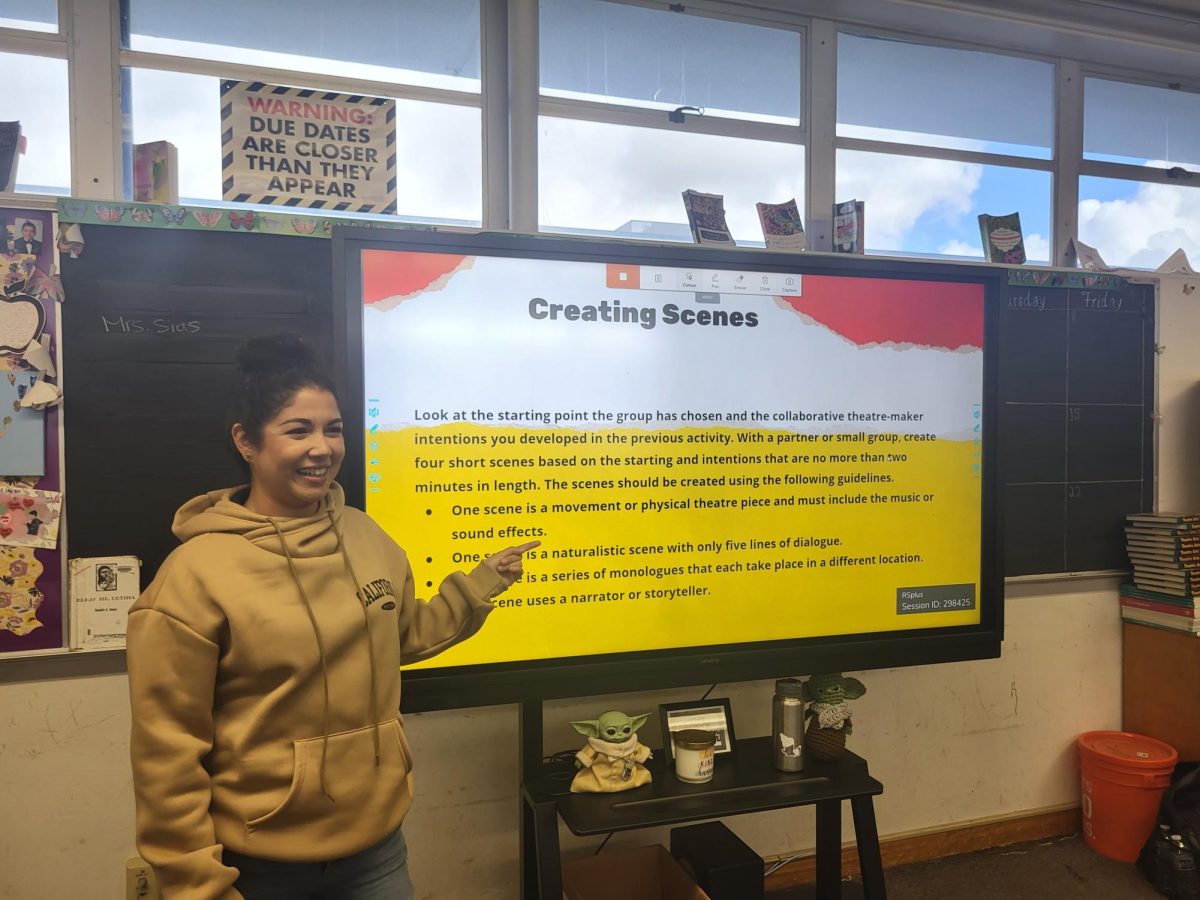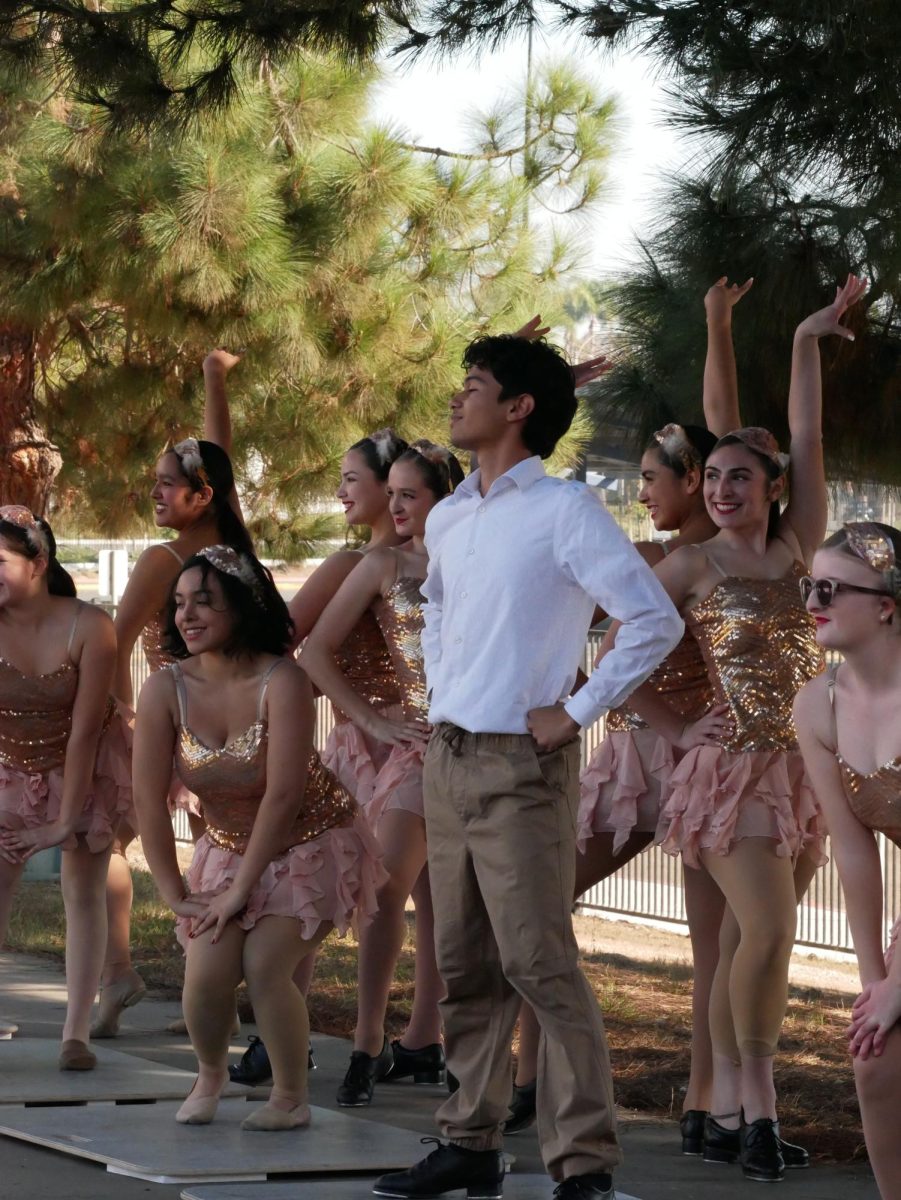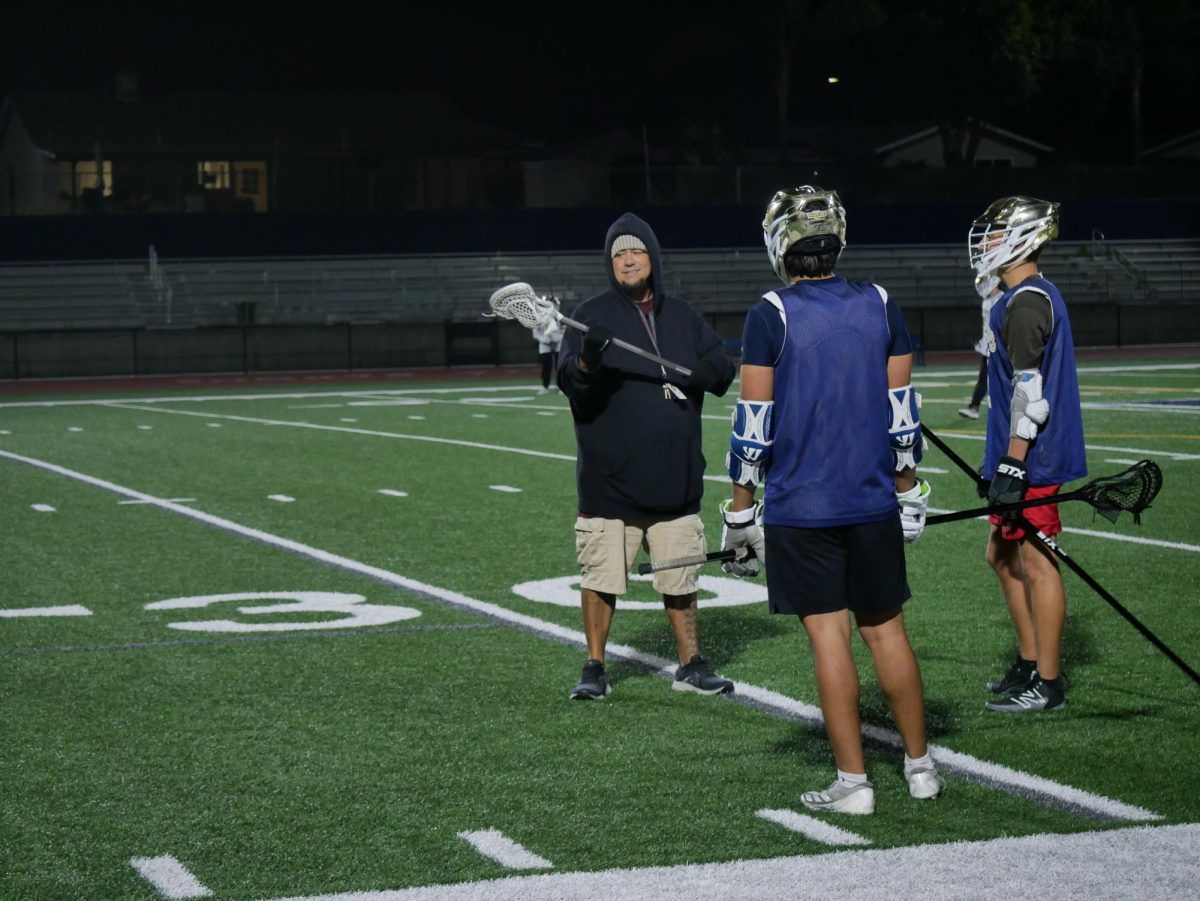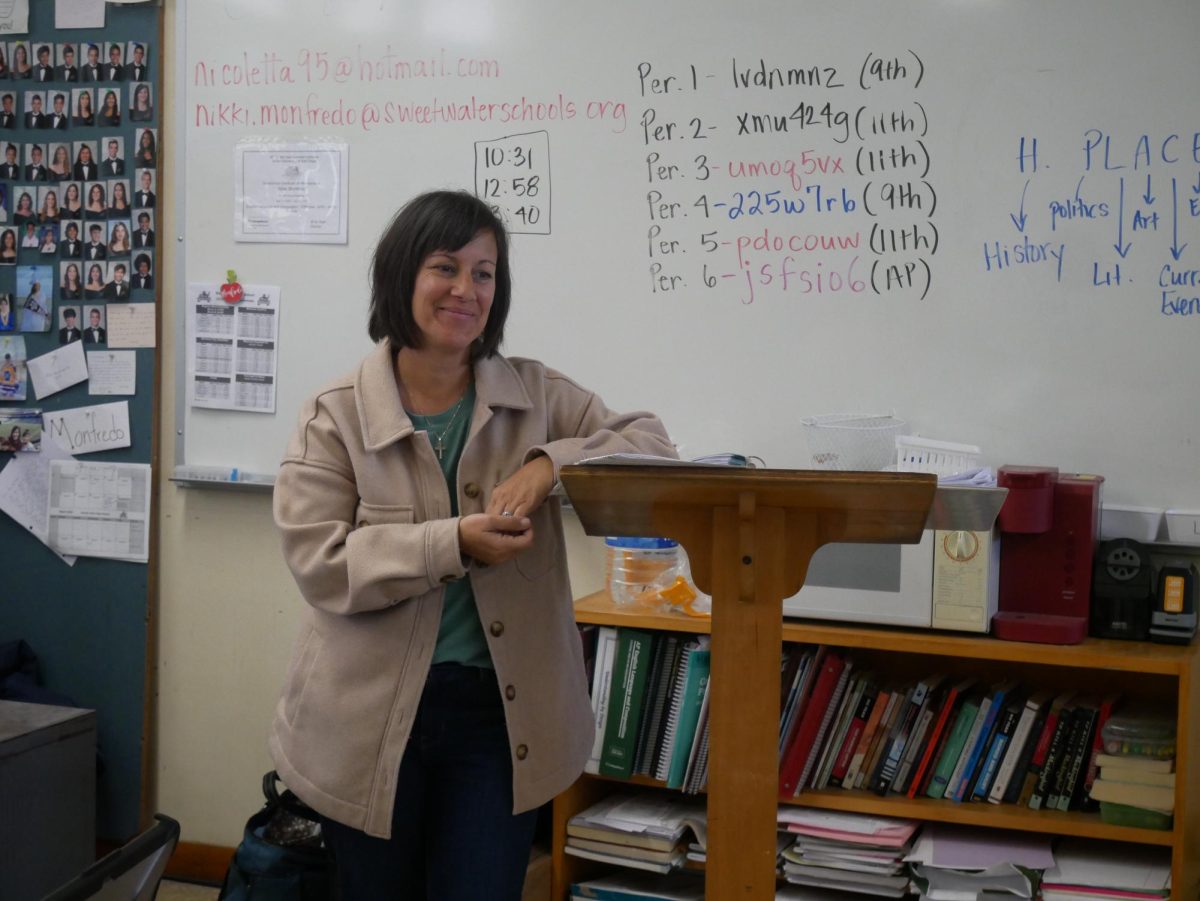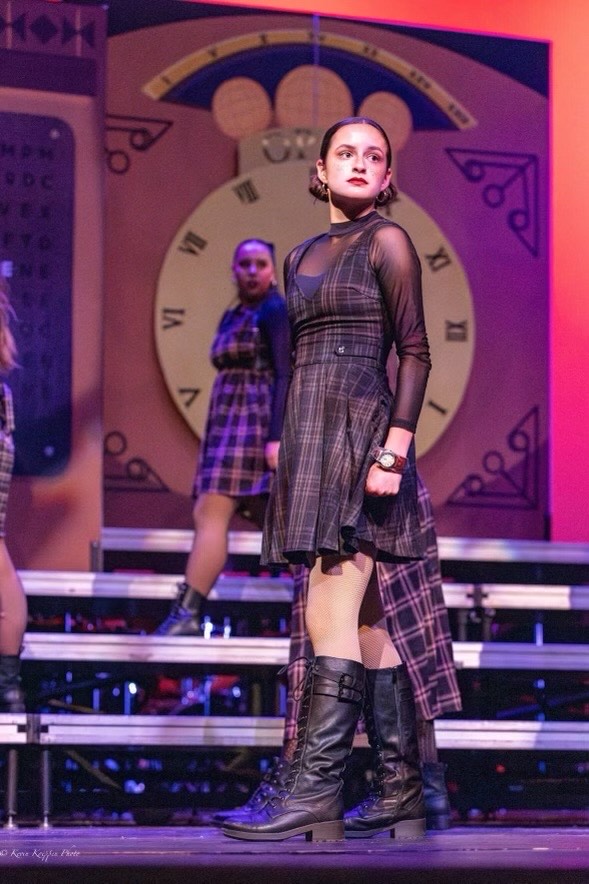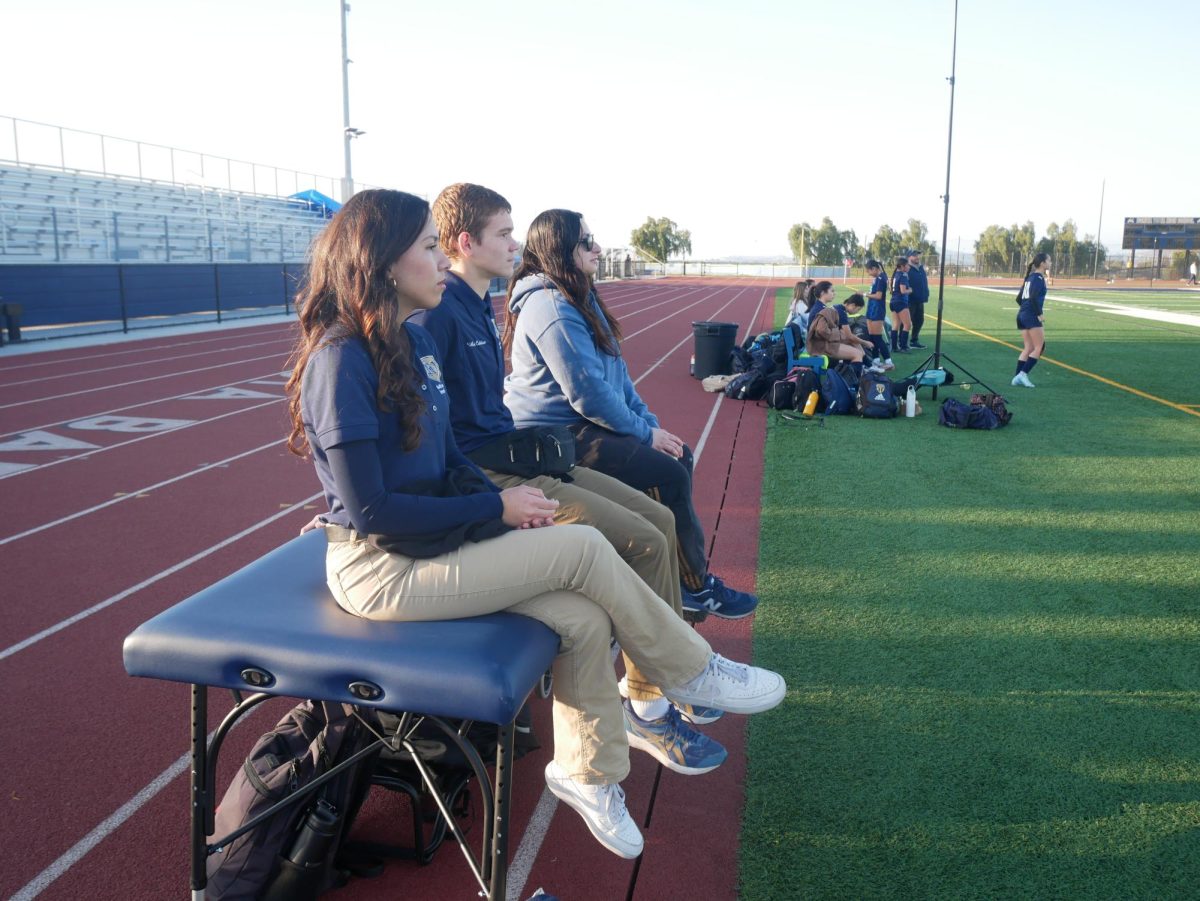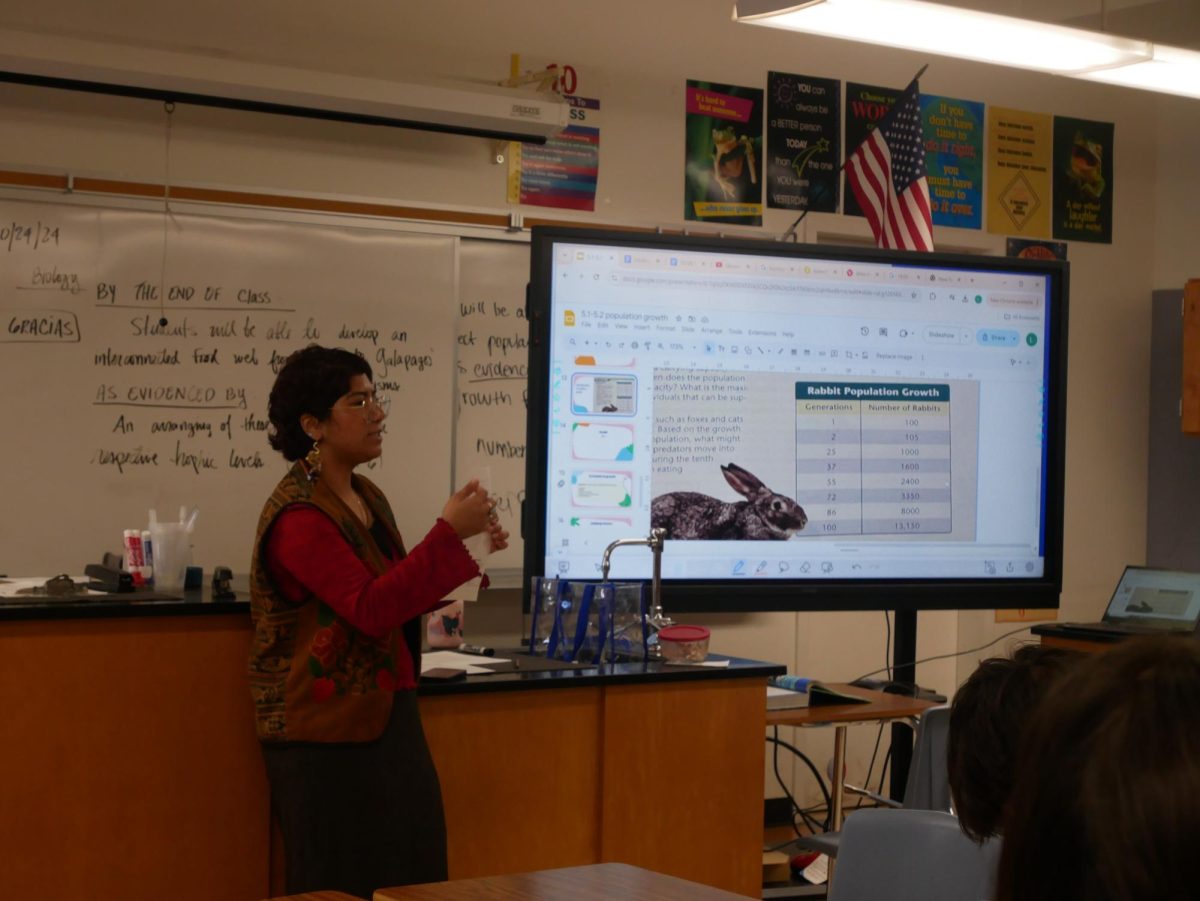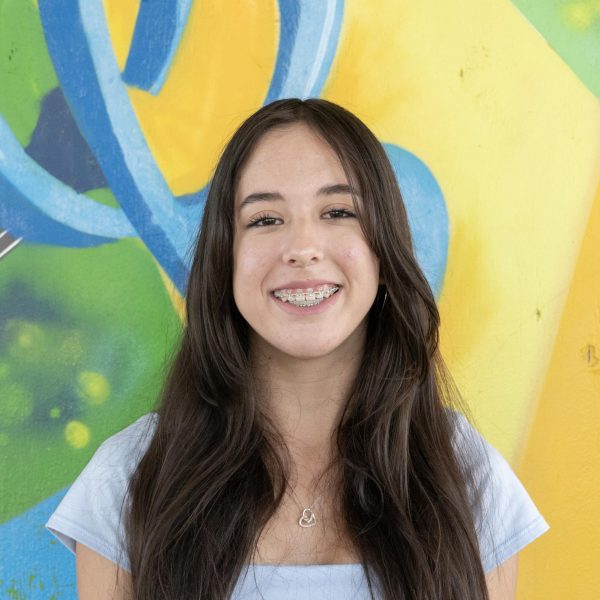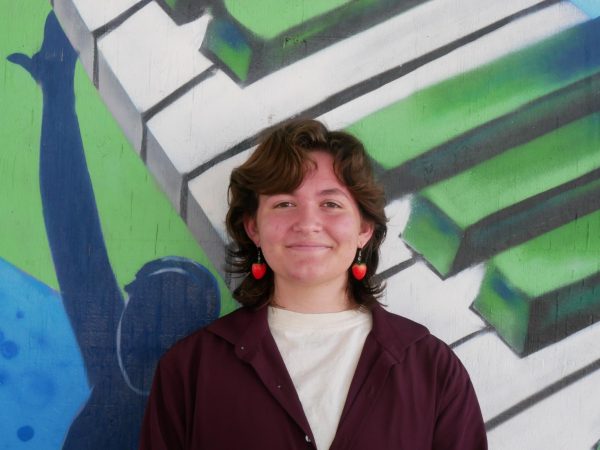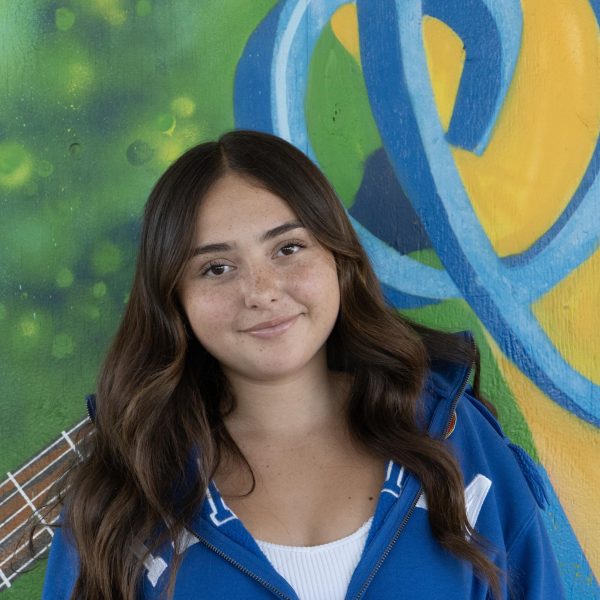At Bonita Vista High (BVH), the Bolles Theater is home to various Visual and Performing Arts (VAPA) programs, including the Vocal Music Department (VMD) and Drama department. VMD and the Drama department both use the theater for their class periods. The theater holds the various costumes, props, and sets necessary for the departments’ productions. As a result, both departments have expressed concerns over each other’s use of the space. Theater Production teacher, Rosamaria Sias, describes the inconveniences the Drama department has experienced in sharing the theater with previous VMD directors.
“[Sharing the theater] was a headache before with other teachers, because they felt that their supplies or materials belonged to them so they didn’t feel necessary to clean up. Before I could even get in to schedule anything, the calendar was booke
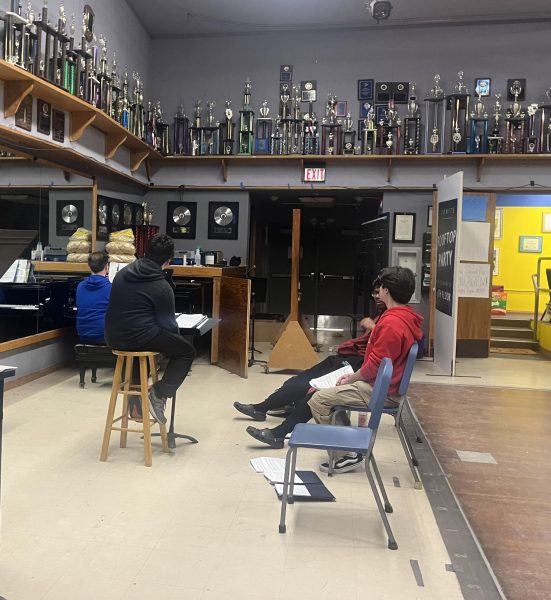
d a year in advance. [It] was a headache,” Sias said.
Senior and Drama club President and Assistant Director Kali Swanson shares how the Drama department has been affected by having to share the space. According to Swanson, managing which students are able to use certain aspects of the theater, as well as the different materials kept in it has been a challenge.
“It’s been hard managing what stuff is whose, who can touch it and who can’t touch it, what space is whose and who can be in there and who can’t be in there,” Swanson said. “It’s like two siblings sharing a room by dividing it in half and they’re like, ‘This is my space, don’t don’t come over the line.’”
The inconveniences caused by sharing the theater were not limited to the Drama department. Senior and Sound Unlimited Assistant Director Kaelyn Connors, explains that the VMD found it difficult to manage their supplies because they would often be relocated during other periods.
“We can often leave things in their way, so they move our stuff, and then we don’t know where it is. Or they leave stuff in our way so we’ll move it and then they get upset that we moved their stuff,” Connors said.
The difficulties managing the shared use of the space has driven a wedge between the Drama production and VMD students. Connors explains that VMD and Drama students have isolated themselves from each other because of the distaste they grew for the opposing department.
“We never talked to one another. If we saw the drama kids, we stayed away. We were in our two separate groups and it was kind of like, ’Stay away from those people. We don’t talk to them,’” Connors said. “So if they did something that upset us it would just stay between [VMD]. So both of us had hatred for one another within our own groups.”
The tension between VMD and Drama students impacted more than just practical aspects of classes, such as rehearsal schedules and supplies. Swanson shares how the divide between the two groups of students has caused her stress.
“I used to constantly be worried about who’s respecting the space and if they are going to touch our sets, or if there is going to be conflict today,” Swanson said.
After years of these problems persisting, Michael Atwood became the new VMD director at BVH. According to Sias, this change allowed the two departments to resolve the issues they previously faced. She explains how they have improved communication after his arrival.
“[Atwood] made it very clear that the theater was a shared space. It wasn’t a choir, it wasn’t only his. I felt like I could express my concerns like, ‘I need more storage space,’ or ‘Can I use the theater around this time?’ Communication is key,” Sias said. “He has been flexible with the schedule. He’s given us more storage space, and cleaned out the theater to make room for more stuff.”
Atwood acknowledges that the numerous VMD performances throughout the year can leave the theater in disarray. However, Atwood explains that cleaning the theater while also communicating with Sias prevents the departments from interfering with each other’s rehearsals.
“[Sias] and Drama ask for so little in the calendar so whatever [Drama] wants, I usually give it to them,” Atwood said. “For example, after our SCREAM performance in October, the room is an absolute mess. So I text [Sias] ‘Hey, the room is a mess, but we’ll clean it up in fifth period,’ and we always do [clean the theater.]”
In addition to the communication between the departments’ directors, communication among students has been key to solving the issue. Although Swanson and Connors typically would not talk to each other due to their involvement in Drama and VMD, the two now communicate fluently. At the beginning of the school year, Connors talked to Swanson about how they could resolve the conflict between their two departments. Connors shares that since then the two communicate frequently.
“At the very beginning of the year, I went up to [Swanson] and I was like, ‘Okay, we need to squash this [conflict between VMD and Drama] because there’s no reason why we should both be disliking one another,’” Connors said. “So we communicate. We talked about things going on in both of our departments so we get a better understanding of what’s going on in their classes.”
Moreover, support between VMD and the Drama department has been prevalent this year. According to Connors, VMD supports Drama by seeing their performances and vice versa.
“I went to watch their play ‘It Happened on Route 66’, which was really good. And then [drama students] came to see our Christmas performances. And so I would say that was a way of us saying, ‘We’re here, we support you.’ I talk to the drama kids all the time now,” Connors said.
The importance of mutual respect between VMD and the Drama department is not lost on Atwood. He explains that support for one another is crucial in BVH’s performing arts programs because of the similar experience they go through.
“At the end of the day, the VAPA department, they’re our biggest supporters. Because there’s empathy. There’s empathy for how much time it takes and how much work we’re putting into our art,” Atwood said. “So we really need to support each other because we’re all making art, which is so important.”

